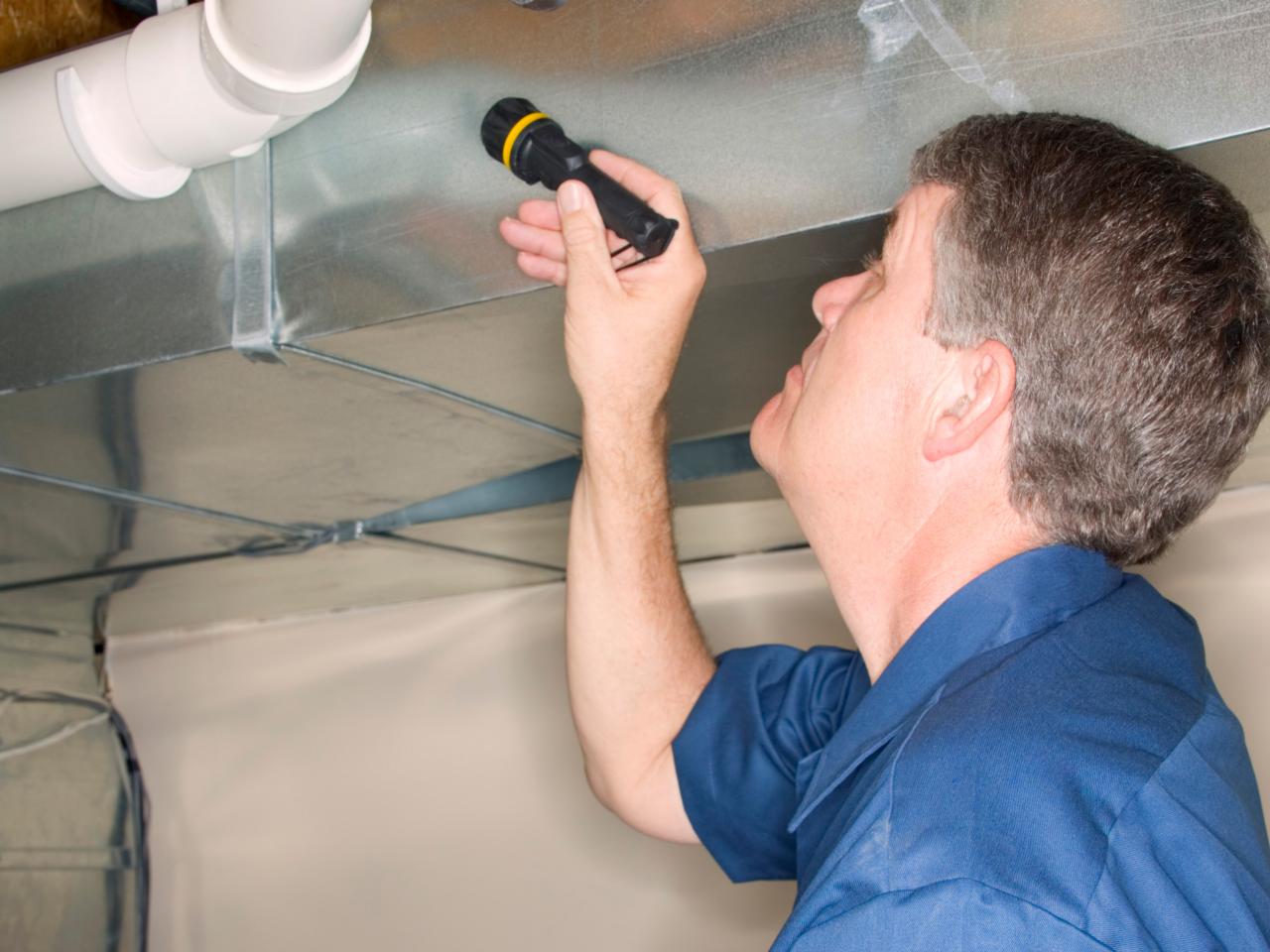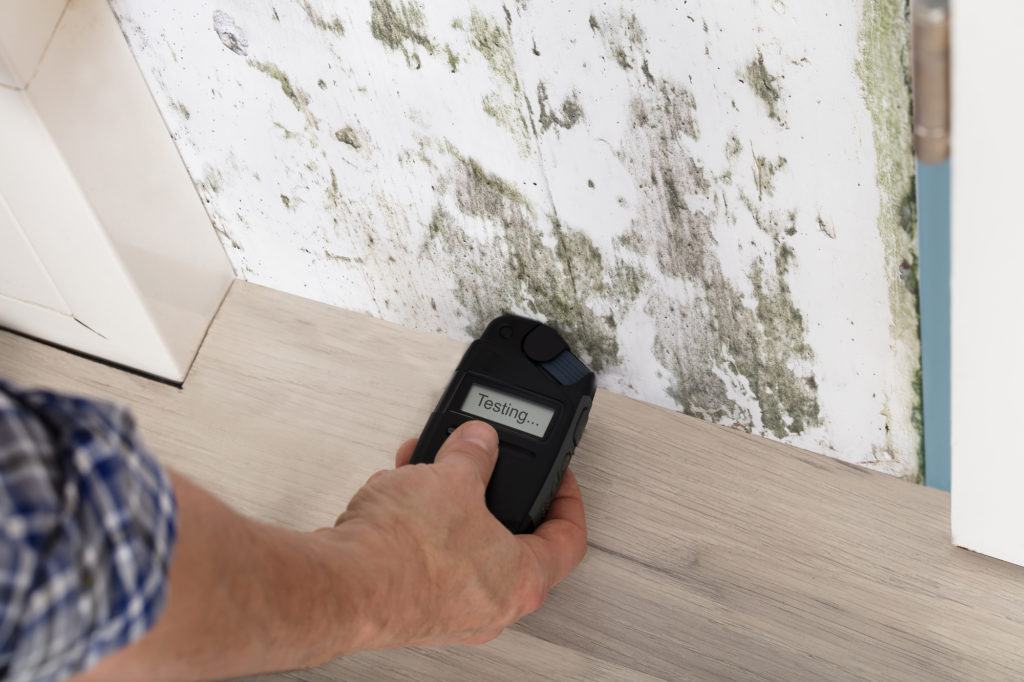Your Ultimate Guide to Blog Post Mold And Mildew Remediation Strategies
In the consequences of mold and mildew invasion, knowing just how to successfully remove the mold and avoid its reoccurrence is critical for preserving a healthy indoor setting. From choosing the ideal cleansing and sanitizing methods to executing techniques for long-lasting mold and mildew avoidance, each step in the remediation journey plays a critical duty in making sure an effective end result.
Comprehending Post-Mold Removal Refine
After completing the mold remediation process, it is important to understand the post-mold removal methods that are essential to make certain a reliable and comprehensive cleaning. When the mold has been eliminated, the next step includes cleansing and decontaminating the affected locations to avoid any regrowth of mold. This includes making use of specialized cleaning up agents to clean down surfaces and eliminate any type of staying mold and mildew spores. It is necessary to dry the location entirely to dissuade the development of mold and mildew in the future (Post Remediation verification). Proper ventilation and dehumidification can aid in this process.
Additionally, carrying out a last evaluation post-remediation is crucial to make sure that all mold and mildew has been effectively gotten rid of. If the assessment exposes any lingering mold, added removal may be needed.
Reliable Cleaning Up and Sanitizing Methods

Preventing Future Mold Growth

Relevance of Correct Ventilation
Proper air flow plays an important function in stopping moisture build-up, a crucial consider mold and mildew development within indoor environments. Reliable ventilation systems aid eliminate excess humidity from the air, reducing the opportunities of mold spores finding the moisture they need to sprout and spread out. Without adequate ventilation, interior spaces can become a breeding place for mold, bring about possible wellness risks and architectural damage.
By making certain appropriate air blood circulation, air flow systems can additionally assist in drying damp areas quicker after water damage or flooding cases, even more hindering mold growth. testing air quality after mold remediation. In areas like shower rooms, attics, kitchen areas, and cellars where wetness levels have a tendency to be greater, installing and preserving reliable air flow systems is essential in stopping mold and mildew problems

Tracking and Maintenance Tips
Given the essential duty that appropriate ventilation plays in preventing mold testing air quality after mold remediation and mildew growth, it is crucial to develop effective monitoring and upkeep suggestions to ensure the ongoing functionality of ventilation systems. Routine inspections of air flow systems ought to be performed to check for any kind of indications of blockages, leakages, or malfunctions that can impede correct airflow. Tracking moisture degrees within the home is likewise crucial, as high moisture can add to mold growth. Mounting a hygrometer can assist track moisture levels and sharp homeowners to any type of spikes that might require focus. Additionally, making sure that air filters are frequently cleansed or replaced is vital for keeping the effectiveness of the air flow system. Implementing a routine for regular maintenance jobs, such as duct cleansing and heating and cooling system examinations, can help stop problems prior to they rise. By remaining attentive and positive to the condition of ventilation systems, building owners can successfully mitigate the risk of mold regrowth and preserve a healthy and balanced interior environment.
Verdict
Finally, post-mold removal methods are vital for guaranteeing a safe and tidy setting. Comprehending the process, implementing effective cleansing and sanitizing approaches, stopping future mold growth, keeping appropriate ventilation, and normal tracking are all important actions in the remediation process. By adhering to these guidelines, you can successfully get rid of mold and stop its return, functioning or promoting a healthy and balanced living space for all occupants.
In the aftermath of mold and mildew infestation, understanding how to properly eliminate the mold and prevent its reoccurrence is paramount for preserving a healthy and balanced interior atmosphere. When the mold has been removed, the next action involves cleansing and disinfecting the impacted locations to avoid any regrowth of mold and mildew - Post Mold remediation cleaning. After getting rid of visible mold and mildew development, it is important to clean all surface areas in the damaged area to eliminate any type of continuing to be mold and mildew spores. To further improve mold and mildew prevention measures, it is crucial to attend to underlying concerns that at first led to mold growth.Provided the critical duty that proper ventilation plays in stopping mold development, it is vital to develop efficient monitoring and maintenance tips to guarantee the continued performance of air flow systems